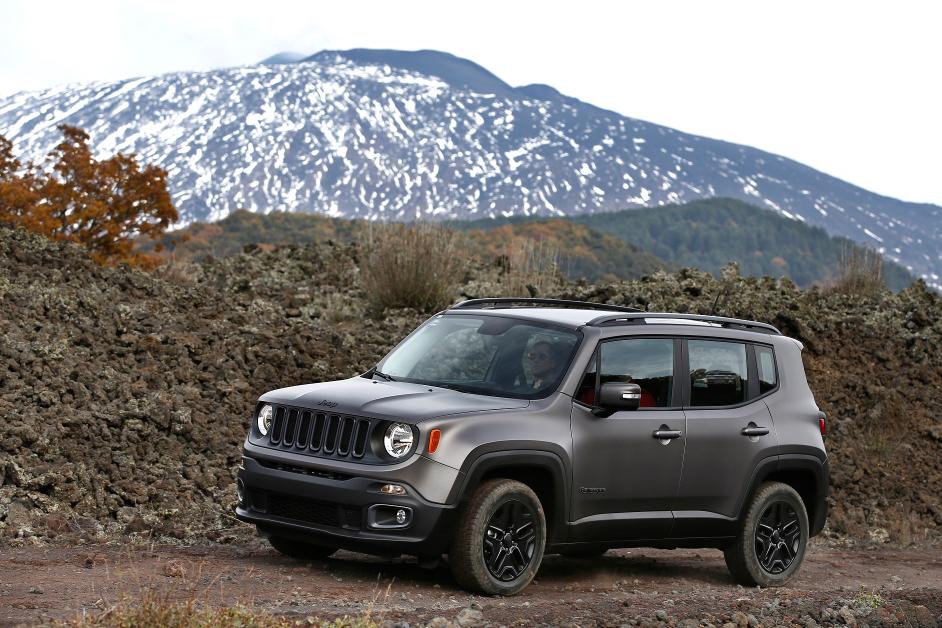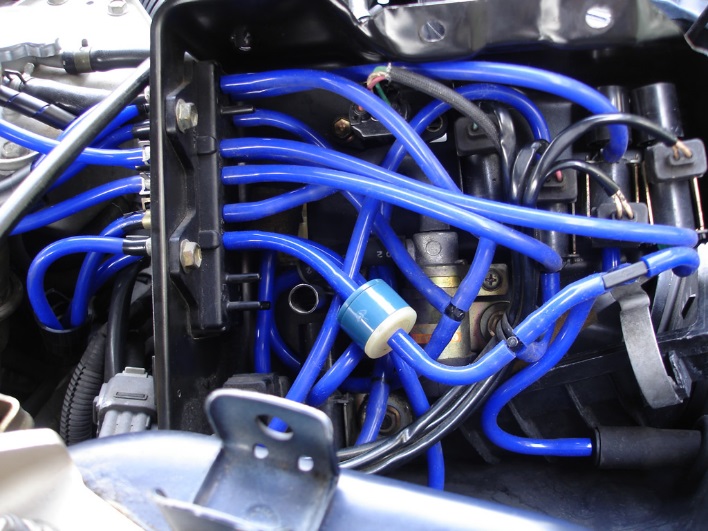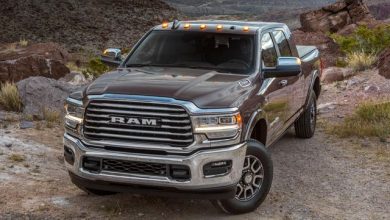How Jeep 4WD Systems Have Evolved

Just picture yourself back in the 1970s and you are about to go off-roading in your Jeep CJ-5. To engage the CJ-5s four-wheel drive, first you have to climb outside and twist those hard-to-turn locking hubs on the front axle. Then, hop back inside and pull the floor-mounted 4WD lever back. You are now ready to go four-wheeling.

Now fast-forward 40 years and you are sitting in the Jeep Wrangler Rubicon. As the sales staff at Bosak of Merrillville, IN, a Chrysler, Dodge, Jeep, RAM dealer explain to us the procedure to put a Jeep into 4wd is a little easier now – just the press of a button. The entire drivetrain is much smarter too. When your tires the tires lose their footing, electronic traction control will slow the spinning wheel and distribute torque to the wheels with the best grip. The technology in 4WD vehicles has changed a great deal. Lets take a look at some of today’s technology
Today’s 4WD
Thanks to electronics, no one needs to jump outside and lock hubs anymore and the bulky 4WD shifter levers have disappeared too. Now mode-switching shifting is all done by the simple press of a button and you don’t have to even slow down. This has made the process of switching from 2WD to 4WD a simple affair but the real leap came when modern electronics began managing traction.
Smart traction
Today, Jeeps, tie the traction control systems and ABS brakes into other vehicle controls. These advanced systems can alter the throttle action, transmission shift points, stability systems and even the differential locking operation. This allows the vehicle to tailoring responses to specific on or off-road conditions. For instance, the traction control becomes less restrictive in “mud” modes, when more wheel spin is necessary to keep you moving forward. But “rock” mode, the vehicle might relax throttle responsiveness for slow crawling. Similarly, hill descent programs smoothly operate the brakes for you on steep declines.
Differential Locking
Standard differentials are designed to allow for the left and right wheels on an axle to turn at different speeds during cornering. The problem is that on a slippery surface, a standard differential sends most of its power to the wheel that turns with the least resistance. That means that on an icy road or a muddy trail, once one wheel spins and the vehicle doesn’t move. The solution to this is a locking differential. As long as the wheels are traveling straight, a “locker” will split power equally between left and right. Jeeps now come with convenient push button locking differentials. When locked, both wheels on an axle provide equal traction.
Suspension Adjustability
Suspension systems for 4WD vehicles used to be a compromise. The long-travel springs, shocks, and swaybars designed for off-roading would handle terribly on the street. Today, the Jeep Wrangler Rubicon has not only used selectable locking differentials but also an electronically disconnecting front swaybar. With an electronically disconnecting swaybar, one press of the dash-mounted button will unleash an incredible amount of front wheel articulation. Similarly, adjustable air suspension allows for better performance on both the street and off-road. It allows the vehicle to ride at a more stable, lowered height on the road and then, at the push of a button, raise up to provide trail clearance.





